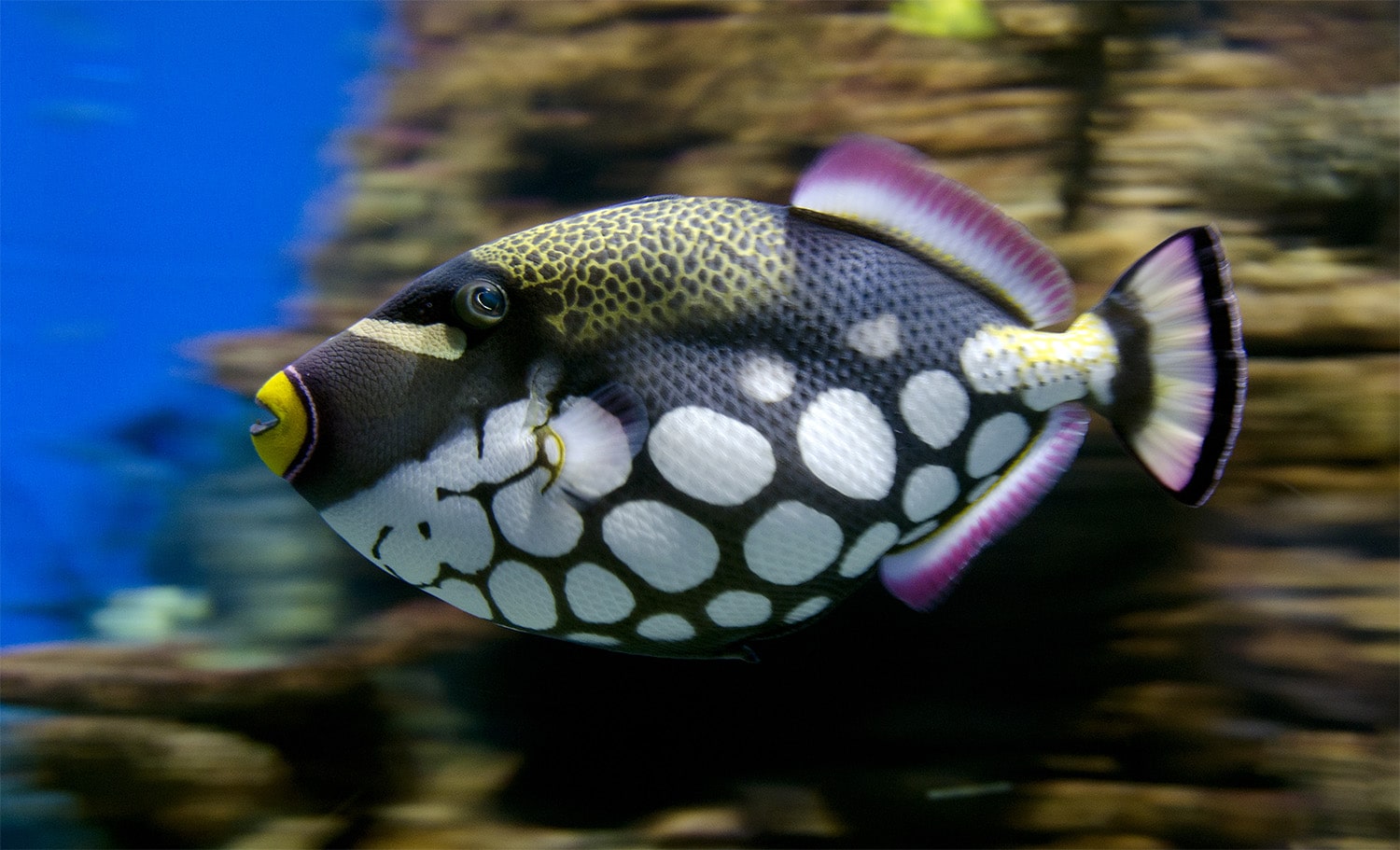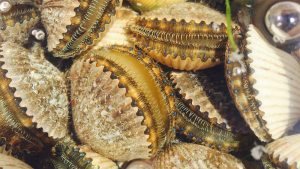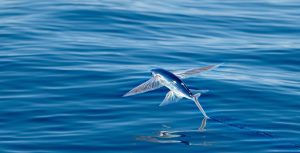
25 interesting facts about triggerfish
- 👁️ 912
Triggerfish are a fascinating and diverse group of marine fish known for their striking colors and unique behaviors. Found in tropical and subtropical oceans worldwide, these fish are easily recognizable by their flat bodies, small mouths, and large, forward-set eyes. They get their name from their distinctive dorsal fin mechanism, where the first spine can be “triggered” into an upright position, making it difficult for predators to swallow them. Beyond their intriguing anatomy, triggerfish lead complex lives, interacting with their environment and other marine creatures in ways that have captivated divers and marine biologists alike. Here are 25 interesting and informative facts about triggerfish.
- There are about 40 species of triggerfish across the world’s oceans.
- Triggerfish can grow up to 30 inches in length, depending on the species.
- Their bodies are covered in tough scales that act as armor against predators.
- Some species of triggerfish have been known to use tools, such as using rocks to crack open sea urchins.
- Triggerfish are mainly solitary creatures and can be quite territorial, especially during breeding season.
- Their diet primarily consists of algae, invertebrates, mollusks, and small crustaceans.
- The largest species is the stone triggerfish, which can weigh up to 10 pounds.
- Triggerfish have strong, powerful jaws and sharp teeth capable of cracking hard-shelled prey.
- They can be found at various depths, from shallow reefs to depths of over 100 meters.
- Triggerfish are known for their intelligence and have been observed exhibiting complex behaviors.
- The “trigger” mechanism in their dorsal fins is used both for defense and for anchoring themselves in tight spaces to avoid being pulled out by predators.
- Some species exhibit vibrant and elaborate color patterns, which can change depending on their mood and environment.
- Triggerfish lay their eggs in nests dug into the sea floor, which they aggressively guard against intruders.
- They are known to exhibit a high level of parental care, with both males and females guarding their nests.
- The Picasso triggerfish, named for its abstract patterns, is one of the most recognizable species.
- Triggerfish can make grunting noises, which are thought to be used for communication, especially during mating.
- They are adept swimmers and can maneuver backwards by using their pectoral fins.
- The skin of some triggerfish species contains toxins as a defense mechanism against predators.
- Triggerfish are popular in the aquarium trade, but their aggressive behavior can make them difficult to keep with other fish.
- In some parts of the world, triggerfish are considered a delicacy and are fished for food.
- Coral reefs, where many triggerfish species live, provide them with ample hiding spots and food sources.
- The titan triggerfish, the largest species, is known for its boldness and can become aggressive towards divers.
- Triggerfish have small pelvic fins located near their gills, which are used for stabilization rather than swimming.
- Their life span varies by species, but some can live up to 20 years in the wild.
- During breeding season, female triggerfish can lay thousands of eggs, which are fertilized externally by the male.
Triggerfish are a testament to the diversity and complexity of marine life, showcasing a range of behaviors and adaptations that have allowed them to thrive in various ocean environments. Their striking appearances, fascinating behaviors, and sometimes quirky personalities make them a favorite subject of underwater photographers and marine enthusiasts. As inhabitants of coral reefs, triggerfish play a crucial role in the ecosystem, contributing to the health and balance of these underwater communities. Their presence reminds us of the intricate connections within marine ecosystems and the importance of protecting these environments for future generations.











